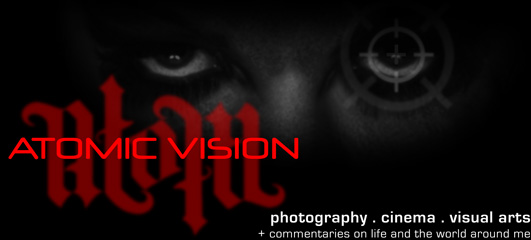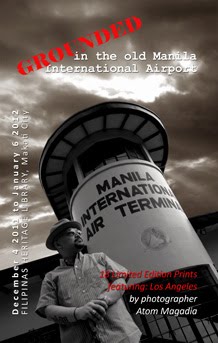"Restoring old photographs" is an art in itself. In my experience, it is a combination of photographic knowledge and painting skills. I am not a professional restorer in the strictest sense of the word, but I do use restoration/retouching techniques in my work as a commercial photographer. I have to warn you that I did not take any seminars to learn what I am about to share here. So my methods might be a tad unconventional, but they do the work and get the job done.
Hair can be tricky to restore. Pay attention to highlights and shade.
By definition, "Photo Restoration" is the practice of restoring photographs that have been damaged by nature, harsh handling, the deterioration of the medium and/or plain neglect. Before the advent of Photoshop (and other similar photo-manipulation software), restoring old photographs were only undertaken by professional restorers and serious hobbyists, because it required manual hand-painting or retouching with photo-safe dyes on the actual print. It was costly and time consuming. But digital technology changed all that. By scanning the original print or negative and working on a digital facimile, we are able to restore the image without damage to the originals. Through this process, we are not only able to restore but also improve the quality of the picture -- in terms of color, contrast and resolution.
Anyone equipt with Photoshop (any version or any similar software) can restore old photographs easily. All you need beyond this basic software, is a good digital scanner and a lot of imagination. Being good at drawing and painting helps, but visual acuteness is more paramount. Because in the end, how a photograph ends up looking will all depend on an individual's personal taste -- something no one can ever teach. So I limit my discourse to purely technique here.
I had to recreate the whole right-side of her face because of the damage.











